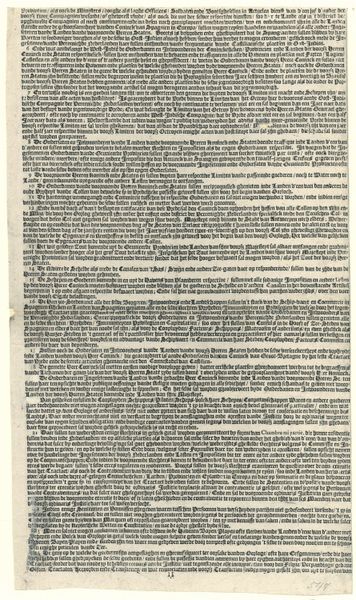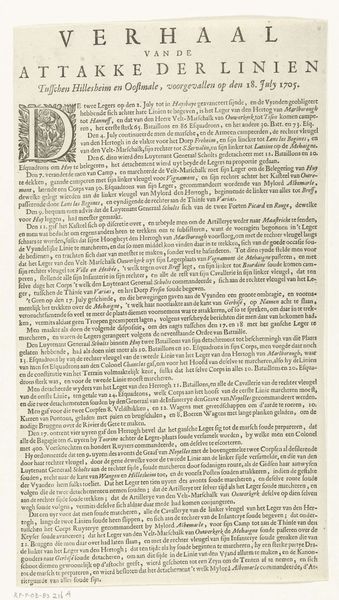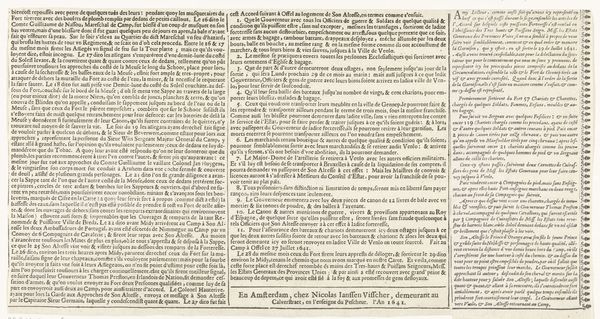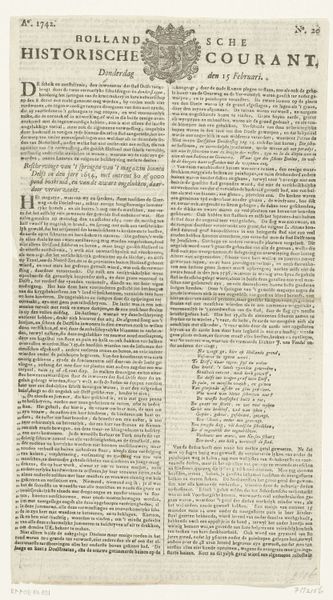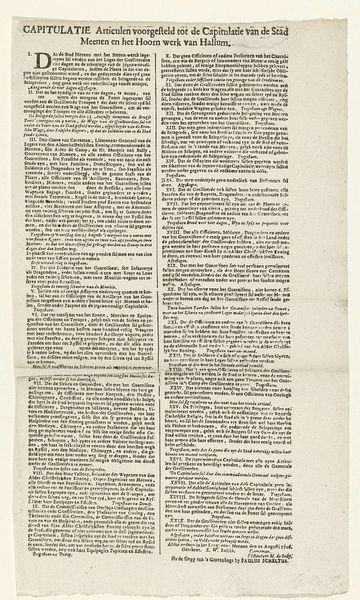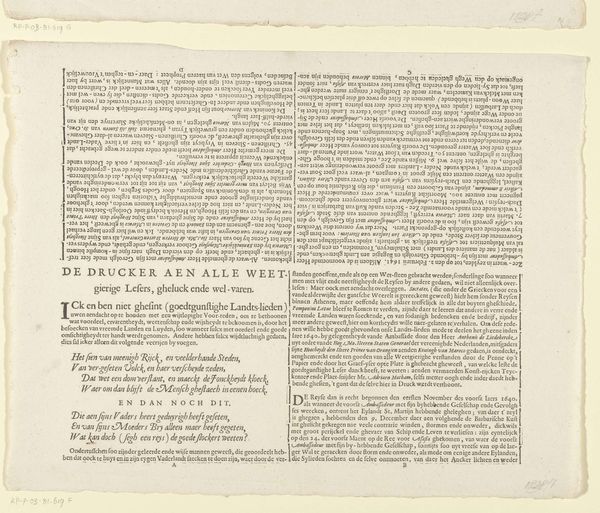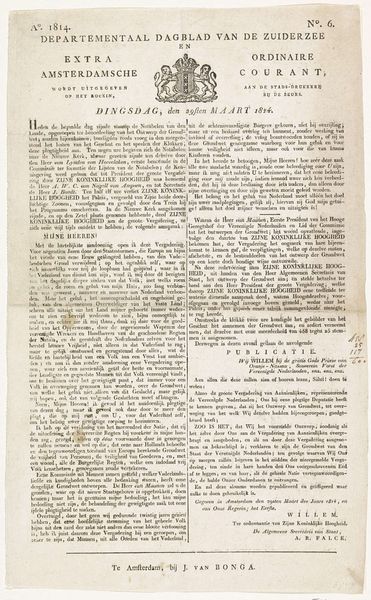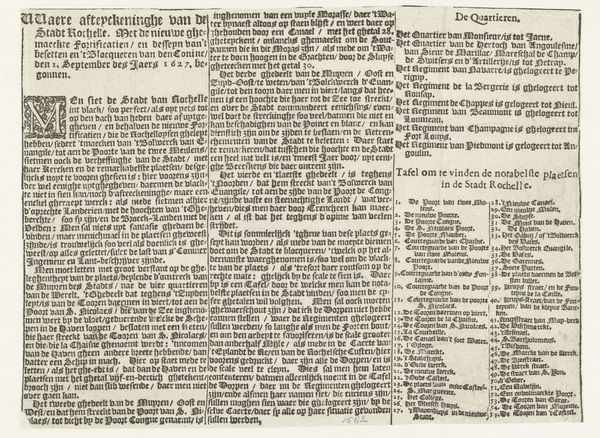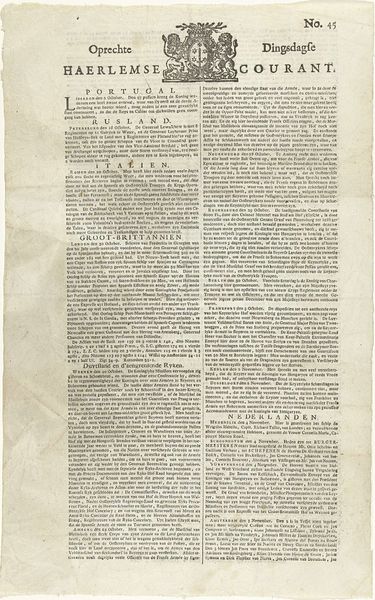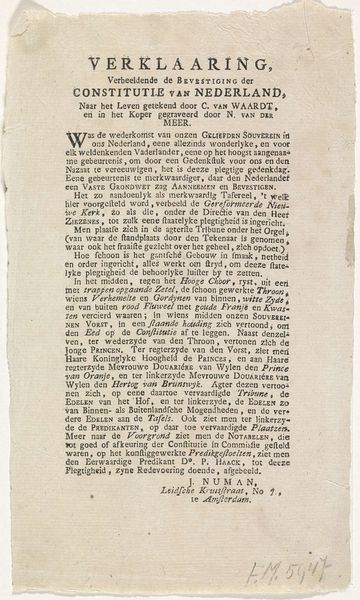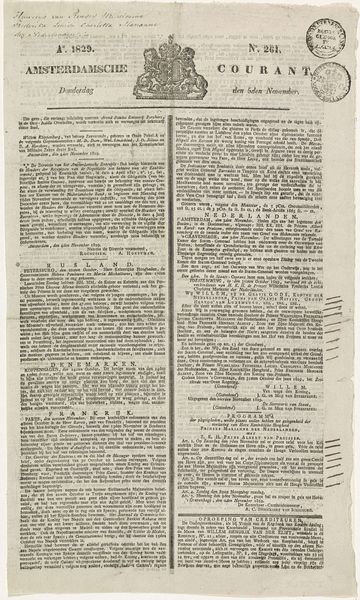
Vertrek van het Spaanse garnizoen uit Huis te Gennep (derde tekstblad), 1641 1641
0:00
0:00
print, etching
#
dutch-golden-age
# print
#
etching
#
history-painting
Dimensions: height 175 mm, width 161 mm
Copyright: Rijks Museum: Open Domain
Editor: This etching from 1641 by Claes Jansz. Visscher is called "Departure of the Spanish Garrison from Huis te Gennep." It looks incredibly detailed, almost like a document. But honestly, I’m a little overwhelmed by the sheer amount of text. How do you interpret this work? Curator: From a historical perspective, this print serves as a form of public record, celebrating a key political event. The meticulous detail isn’t just aesthetic; it's a deliberate attempt to legitimize Dutch power and commemorate their victory over the Spanish garrison. How does that understanding affect your interpretation? Editor: It makes me see it less as an artwork and more as a piece of propaganda, carefully constructed to project a specific narrative of power and control. Is it typical to see art functioning this way during the Dutch Golden Age? Curator: Absolutely. This period was marked by intense nation-building, so art often played a crucial role in shaping public opinion and national identity. Consider how the placement of figures and the focus on order and precision serve to emphasize Dutch organizational prowess. Editor: So the composition isn't just about aesthetics; it reinforces the message of Dutch efficiency and triumph? It makes the information digestible to a wide audience. Curator: Precisely. Even the inclusion of text reinforces its accessibility to different segments of the population. The strategic dissemination of such images played a pivotal role in constructing and consolidating Dutch identity. Editor: That’s a fascinating take. I initially saw just a dense print, but now I recognize its cultural and historical significance. Thank you for enriching my understanding of the piece. Curator: My pleasure. Seeing art within its historical context truly opens new avenues for interpretation.
Comments
No comments
Be the first to comment and join the conversation on the ultimate creative platform.

